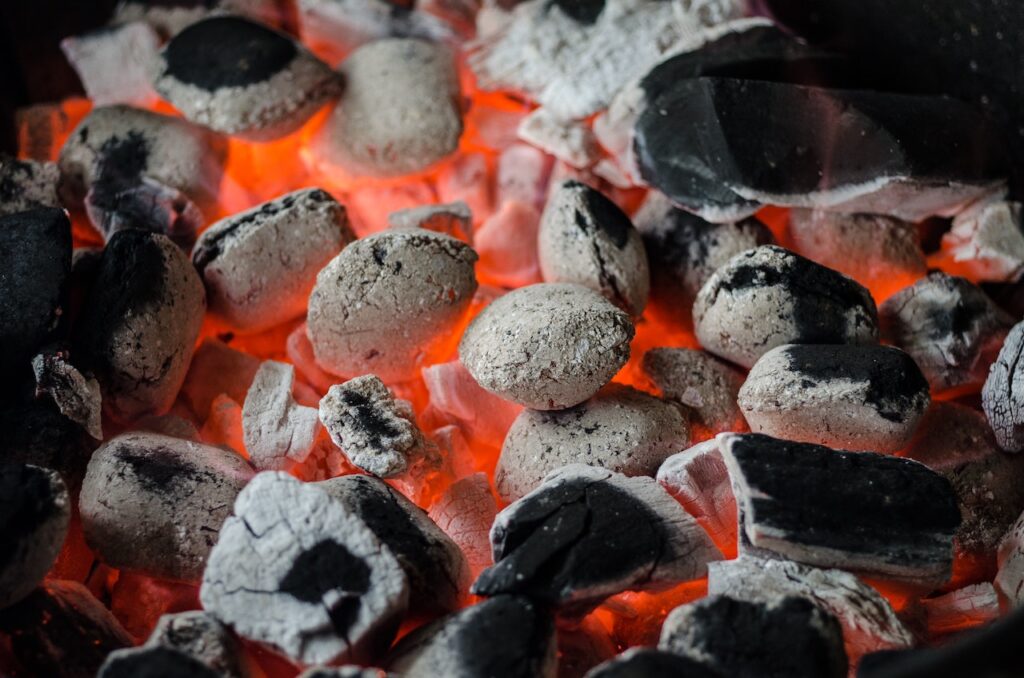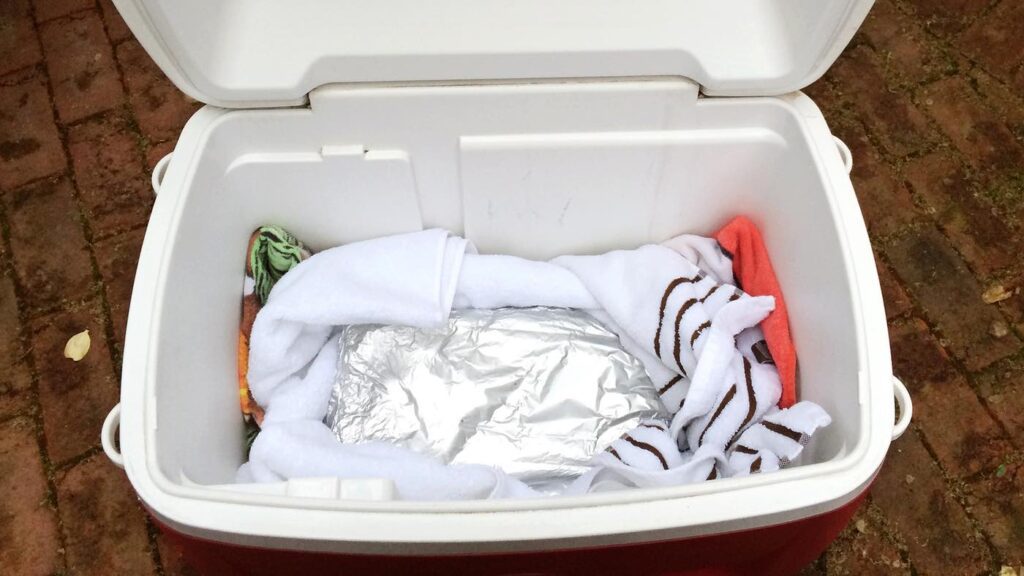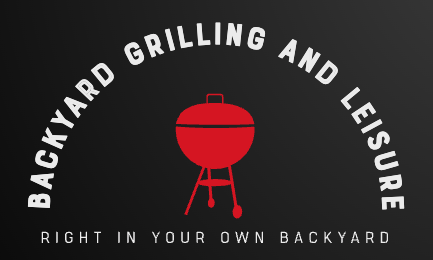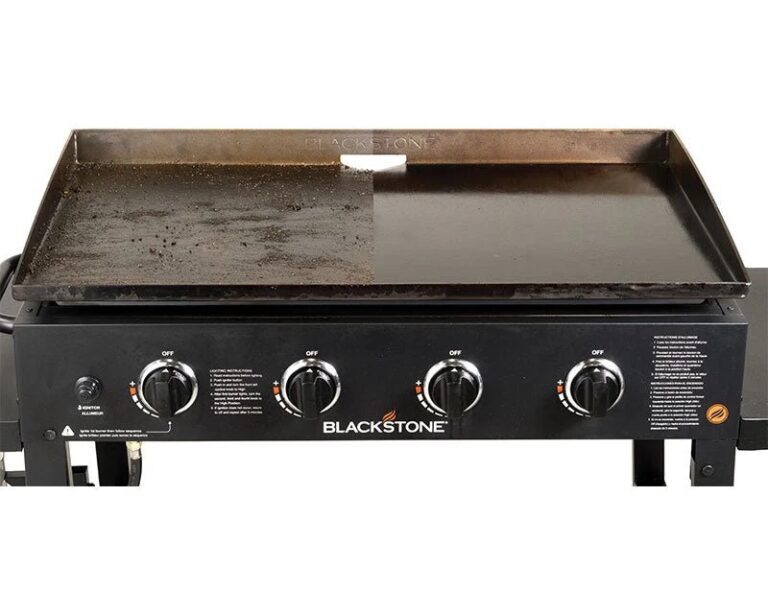Step-by-Step Guide: How to Use a Smoker
Backyard Grilling and Leisure is reader supported. If you use any of the links on this site to buy something we may earn a commission. Thanks!
Unlocking the rich flavors and tender textures of smoked meats and vegetables is an art form that requires mastery of your smoker. Whether you’re a seasoned pitmaster or a smoking enthusiast looking to hone your skills, this comprehensive guide on how to use a smoker will walk you through the essentials, from choosing the right one to mastering temperature control and troubleshooting common issues. Let’s embark on this flavorful journey together!
Key Takeaways
Choose the right smoker for your needs, and prepare it accordingly.
Start a fire using different methods depending on the type of smoker.
Monitor temperature, flavor with wood chunks & rubs, rest meat before serving to get tender & juicy results every time!
Choosing the Right Smoker

Selecting the perfect smoker involves considering factors such as temperature control, heat management, and design. Offset smokers, for example, come in various configurations like reverse flow, horizontal, and vertical, each with its unique benefits. Grasping the significance of temperature control and heat management is a key step as you begin your smoking journey. User-friendly vents and dampers, as well as temperature probes, can help you maintain the right cooking environment for your delicious smoked meats.
Maintenance and cleaning play a significant role in the durability and operation of your smoker, ensuring the smoking process remains efficient and effective. Practice runs are invaluable in familiarizing yourself with the operation of your smoker, including how to reach fully lit coals and sustain steady temperatures during the cooking process.
Ultimately, finding the right smoker for your needs will elevate your smoking experience and bring mouthwatering results to your table when you use a smoker.
Preparing Your Smoker

Before you immerse yourself in the smoking process, confirm that your smoker is clean and correctly configured. A thorough cleaning and having a meat thermometer ready to monitor the internal temperature of the meat during the smoking process are essential steps. Follow the manufacturer’s instructions for setting up your smoker, whether you’re using an offset smoker, a pellet smoker, or any other type.
Additionally, curing your smoker is an important step to prepare it for cooking delicious smoked meat. Here’s how to do it:
Start by heating the firebox to 400°F (204°C).
Reduce the temperature to 225°F (107°C).
Allow your smoker to smoke for several hours.
Finally, wait until the cooking chamber reaches the desired temperature before adding the food.
Starting the Fire

Different types of smokers require unique methods for starting the fire. Here are some common methods for different types of smokers:
Charcoal smokers: Use a charcoal chimney to ignite the coals until they reach a red-hot temperature.
Wood and pellet smokers: Use a fire starter or a propane torch for ignition.
Gas smokers: Use a match or lighter to initiate the fire.
Mastering fire management in an offset smoker is a skill that comes with experience. Utilizing a chimney starter is an effective way to achieve evenly lit coals for your smoker grill. Once you gain a deeper understanding of the intricacies of fire management, you’ll be well on your way to smoking perfection.
Charcoal Smokers
A chimney starter proves to be a reliable tool for igniting charcoal and sustaining a steady temperature in your charcoal smoker. The chimney starter allows for efficient airflow, enabling the charcoal to burn evenly and quickly. Once the charcoal is fully lit and covered in ash, it can be poured into the charcoal smoker to start cooking.
Combining charcoal and wood is the optimal approach for achieving the perfect balance of heat and flavor. As coals burn, using wood as the sole fuel source can be challenging to manage and may result in a bitter, creosote-flavored taste. Cooking with charcoal alone may not provide the desired flavor, but by combining the two, you’ll unlock the rich, smoky essence that makes smoked foods so irresistible.
Wood and Pellet Smokers
Selecting the appropriate type of wood is fundamental to imparting the ideal flavor to your smoked meats. Hardwoods such as:
oak
hickory
mesquite
fruitwoods like apple, which can also be used to make apple juice, and cherry
are the most suitable for smoking meat. Wood and pellet smokers provide a distinct advantage over other types of smokers, with pellet smokers offering precise temperature regulation and ease of use.
Additionally, pellet smokers generate less smoke than wood smokers, making them well-suited for indoor use. As you explore the world of wood and pellet smokers, you’ll discover the incredible range of flavors that can be achieved by selecting the perfect wood for your smoking endeavors.
Gas Smokers
Gas smokers offer convenience and ease of use with their immediate push-button ignition and excellent airflow and temperature management. Utilizing either natural gas or propane as a fuel source, gas smokers create heat by a gas burner connected to a propane tank or a natural gas line. The cooking chamber is heated, and wood chips or pellets are added to generate smoke for flavoring the food.
Safety measures are paramount when using a gas smoker, including:
Placing the smoker outdoors for sufficient ventilation
Setting it on a stable surface
Conducting regular cleaning to prevent grease buildup, which can pose a fire risk
With a gas smoker, you can easily maintain consistent temperatures while enjoying the convenience of set-it-and-forget-it smoking as your smoker grill reaches the desired heat.
Temperature Control and Monitoring

Regular maintenance and temperature monitoring in your smoker ensures consistent cooking and minimizes unnecessary door opening. Utilize user-friendly vents and dampers in your offset smoker, along with reliable thermometers, to ensure the cooking chamber remains at the desired temperature range of 225-250°F.
Digital thermometers are recommended for accurate tracking of temperature fluctuations due to burning coals, adjusting airflow, and adding fuel. Drilling small holes in the door at each end of the cooking chamber can make insertion of probes easier without lifting the lid. We really like the Inkbird thermometer because it can monitor your cooking chamber and your food at the same time. Best of all it’s wifi enabled so you are not as limited by range as you are with a bluetooth thermometer.
Mastering temperature control and monitoring will enable you to achieve tender, flavorful smoked meats every time.
Flavoring the Meat

Flavor enhancement is a critical step before you cook meat and proceed to smoking your meats. First, marinate the meat for optimal flavour. Alternatively, rub a dry rub over it for some extra flavour. Place the seasoned meat in a sealed container in the refrigerator overnight to allow the seasonings to be absorbed.
When it comes to fuel and wood, it’s crucial to use high-quality hardwoods, fruitwoods, and nutwoods specifically designed for smoking. Adding one or two wood chunks per cooking cycle is typically enough to impart the desired smoke flavor to the meat. By taking the time to smoke meat properly, you’ll elevate your smoking experience and enjoy mouthwatering results.
Managing Smoke and Moisture

Effective management of smoke and moisture in your smoker is key to yielding tender, flavorful results. To add wood chunks is an excellent way to generate the desired smoke flavor, and maintaining moisture can be achieved using a water pan or by spritzing the meat during the later stages of cooking.
Adding a metal rack over the coals in the fire box and a water pan on the grate can be effective in introducing moisture to the smoke. By mastering the art of smoke and moisture management, you’ll unlock the full potential of your smoker and create mouthwatering dishes that are sure to impress.
Cooking Times and Internal Temperatures

For tender, juicy results, the secret is to cook your meat at a low temperature and at a slow pace. The suggested temperature range for slow-smoked barbecue is between 225°F and 250°F. Keeping the smoker and firebox doors closed as much as possible minimizes temperature fluctuations and heat/smoke loss.
Depending on the size of the cuts, smoking meat can take up to 24 hours for whole pigs and other large cuts. Monitoring the internal temperature of the meat ensures it reaches the proper level for tenderness and safety. By mastering the art of cooking times and internal temperatures, you’ll unlock the full potential of your smoker and create mouthwatering dishes that are sure to impress.
Resting and Serving the Meat

Letting your smoked meats rest post-cooking is vital to preserve juices and flavors. Resting enables the moisture to be redistributed and reabsorbed into the meat, leading to a more succulent and tender texture. Various types of smoked meats should be allowed to rest for a period of 2-4 hours prior to serving, ensuring the meat is tender and juicy.
The size of the meat can also influence the resting time, with larger cuts requiring a longer resting period to allow the internal juices to reabsorb and redistribute. By allowing your smoked meats to rest before serving, you’ll elevate your smoking experience and bring mouthwatering results to your table.
Troubleshooting Common Issues
Tackling common problems like temperature swings, inconsistent cooking, and excessive smoke can enhance your smoking experience significantly. Ensure your smoker’s door seal is properly fitted and consider using a gasket material to create a tighter seal and reduce heat loss. Maintaining adequate airflow is crucial, so keep your smoker clean and free of debris to prevent any issues with smoke flow.
When evaluating your smoker’s design, look for potential flaws such as incorrect vent placements or inadequate insulation that could affect airflow. By troubleshooting these common issues, you’ll be well on your way to mastering the art of smoking and enjoying consistently delicious results.
Summary
In conclusion, mastering the art of smoking requires understanding your smoker’s unique characteristics, maintaining proper temperature control, and ensuring your meats are seasoned, cooked, and rested to perfection. By following the guidance provided in this comprehensive guide, you’ll unlock the rich flavors and tender textures of smoked foods and delight your friends and family with mouthwatering results. So fire up your smoker, and let the smoky magic unfold!
Frequently Asked Questions
How do you use a smoker for the first time?
Clean and oil your smoker, add a water pan, open the vent and set the temperature to maximum, then run a full cooking cycle on your smoker to season it for the first time.
Do you put water in a smoker?
Yes, you should use a water pan in a smoker – typically 2-3 liters of water, beer, apple juice or wine. The water will help stabilize the temperature and absorb excess heat if the grill gets too hot. It will also collect any drippings from the meat.
How long do you cook with a smoker?
Smoking typically takes 6 to 8 hours, although brisket can take up to 22 hours. The “3-2-1 rule” is often used, where the meat is smoked for 3 hours before being wrapped in aluminum foil for 2 more hours to ensure even cooking.
How do you use a pellet smoker?
To use a pellet smoker, always season a new smoker and make sure it’s clean before adding the wood pellets. Preheat the grill to a temperature of 225-275 degrees Fahrenheit, add your meat and insert a temperature probe. To maximize smoke flavor, cook at low temperatures and experiment with the reverse sear method for best results.
Are offset smokers hard to use?
Using an offset smoker requires some knowledge and work, however the process is relatively simple once you learn how to regulate the heat. By following steps such as lighting briquettes and maintaining a low temperature, offset smokers can be fairly straightforward to use.

